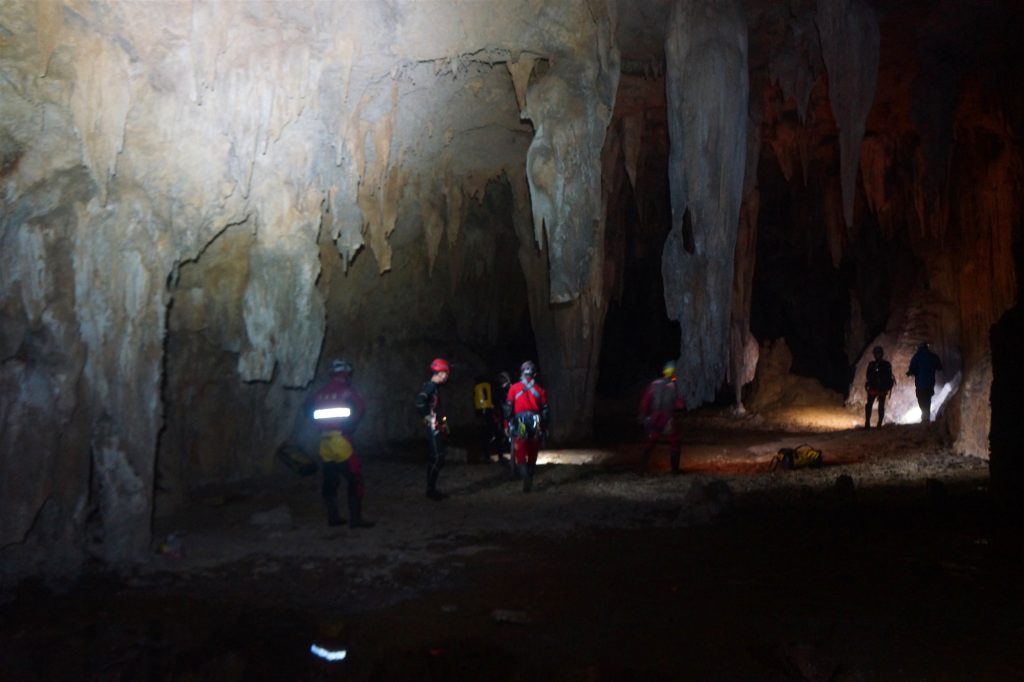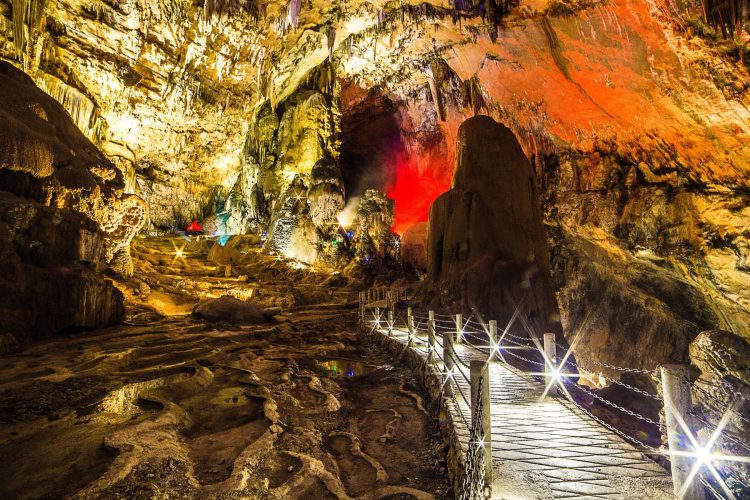Nestled within the verdant wilderness of Western Australia’s southwest lies a scenic marvel known as the “Cave Road.” This is not merely a pathway but a gateway to an underground realm adorned with crystalline formations and stalactites, as well as a silent witness to prehistoric relics.
Journey Along the Cave Road
My exploration along this route was fueled by an intense fascination. Each cavern along the Cave Road boasts its own unique charm, but the “Jewel Cave” near the town of Augusta left an indelible impression. Its entrance, a modest hillock, belies the grandeur that lies beneath. Descending the stairs from the visitor center, navigating the serpentine trail, I was soon greeted by a palatial vista—a myriad of stalactites cascading from the cavern’s ceiling.
Formed over millennia by the slow infiltration of surface water, the milky-white stalactites stood as a testament to nature’s artistry. The cave’s sculptures varied from razor-sharp spikes to fan-shaped and blade-like formations. Amidst the expanse stood the “Karri Forest,” a colossal stalagmite named for its resemblance to the towering trees above. Standing about 4.5 meters tall with a diameter exceeding half a meter, it commanded awe.
Western Australia, a significant iron ore region, has soil rich in iron, which also tinges the cave’s percolating waters. This mineral infusion gifts many of the cave’s lamellar stalactites with a marbled red-and-white hue. Illuminated by the cave lights, they resembled slices of bacon, whimsically whetting my appetite. Even more peculiar were the horizontally growing stalactites—formed under the influence of air currents, intertwining into complex three-dimensional structures, some evoking images of fairies, others of white sails.

Surveying this “exquisitely carved” underground palace, my field of vision was vast, comparable in size to several football fields. In one corner of this subterranean hall, a robust tree root sprouted from the cave floor, ascending until it broke through the surface.
The guide shared that the cave’s air was not stagnant but circulated through tiny pores connecting the subterranean to the surface, creating an air exchange. The discovery of this underground world was serendipitous, following the detection of air currents escaping from the ground.
Continuing deeper, about 100 meters down the staircase and through a narrow crevice, I entered a second spacious chamber. Here lay the remains of the presumed-extinct thylacine, also known as the Tasmanian tiger, once widespread across Australia’s grasslands and forests. The introduction of wild dogs by humans led to competition, diminishing thylacine numbers.
Indigenous Australians once etched thylacine images onto rocks. European settlers, suspecting them as culprits for declining sheep numbers, hunted them extensively.
In 1936, the last known thylacine died in an Australian zoo, and none have been spotted since. Scientists surmise that the thylacine found in this cave met an unfortunate end, having fallen and succumbed to starvation.
The guide urged me to peer into the depths, where numerous excavation markers dotted the floor, remnants of ongoing explorations. Scientists periodically return, delving further into the cave’s depths, hoping to unearth more fossilized flora and fauna.





















